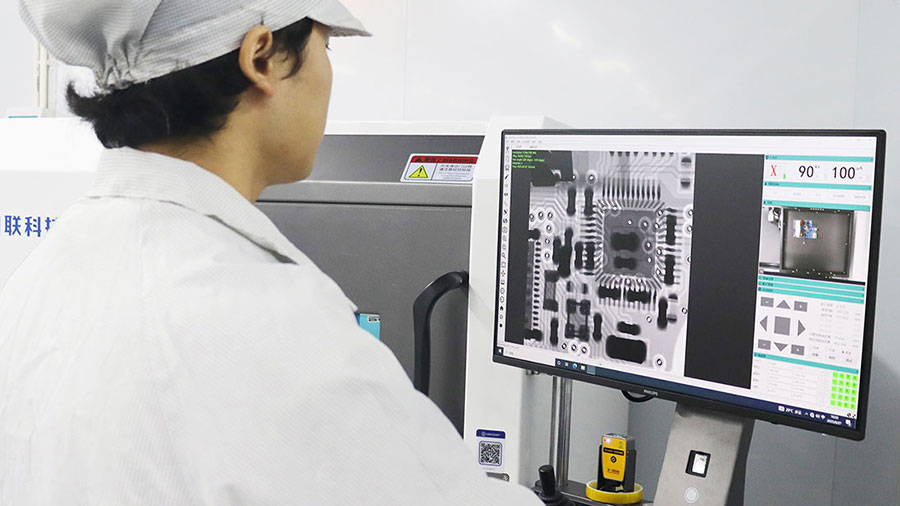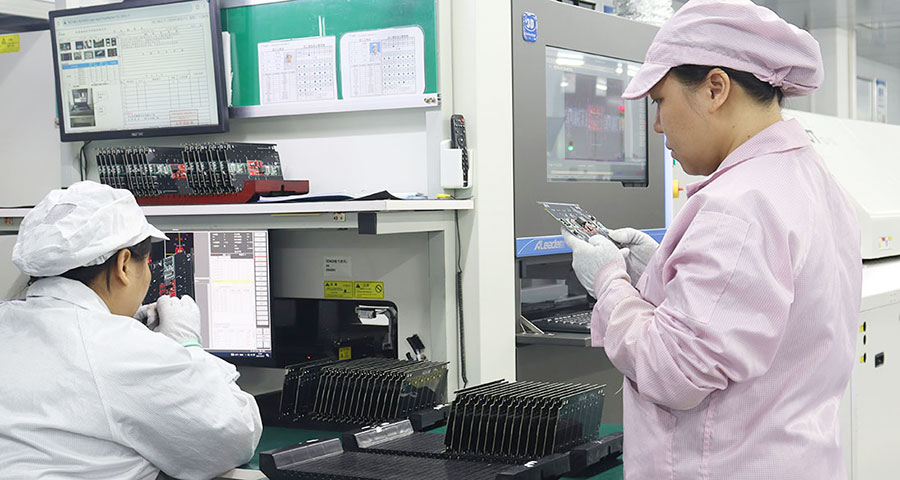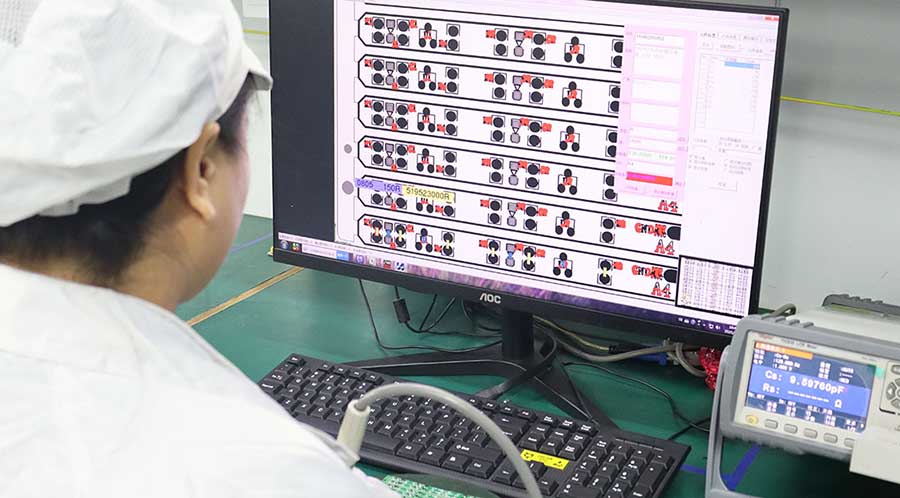Introduction: Lessons from the Incident – The Cost of Loss of Control and Manufacturing’s Bottom Line
Recent analysis of a major manufacturer’s ‘leakage’ incident reveals its core issue extends beyond mere information disclosure, exposing a disconnect between ‘rule by man’ and institutional enforcement:
Gradual Loss of Control: From early tacit approval of ‘marketing-driven leaks’ to later conflicts of interest breaching legal boundaries, this reflects lagging oversight of critical positions.
Systemic Risk: High-reliability manufacturing faces similar challenges—compromises in ‘grey areas’ of design, materials, or processes (e.g., tacit approval of substitute components, relaxed testing standards) ultimately lead to batch failures.
This incident sounds an alarm for manufacturing: reliability begins with compliance; quality and risk control must form a synchronised closed loop.

1、The ‘Compliance Foundation’ of High-Reliability Manufacturing
Compliance Review in the Design Phase
Mandatory DFM/DFA constraints: Medical PCBA must undergo EMC design reviews to prevent recalls due to EMI issues. Case study: A manufacturer neglected thermal design compliance, resulting in batch solder joint failures in industrial controllers under high temperatures.
Intellectual property protection: PCBA design files require tiered encryption (using IP-guard internal control systems) to prevent leakage of core processes (e.g., BGA soldering parameters).
Transparent Supply Chain Management
The ‘iron rule’ of material traceability: Automotive-grade PCBA must exclusively use AEC-Q200 certified components; unauthorised substitutes are prohibited. Case study: A manufacturer incurred over ten million yuan in compensation after non-standard capacitors caused automotive BMS failure.
Supplier blacklisting mechanism: Implement a veto policy for suppliers leaking technical documentation, mirroring major manufacturers’ ‘zero tolerance’ approach to employee breaches.
2、The Dual-Safeguard Logic of Process and Testing
Foolproof Design in Process Control
Parameter Lockdown and Permission Segregation: Core processes (e.g., reflow soldering profiles) require tripartite confirmation by process, quality, and equipment teams to eliminate single-operator risks.
Compliant X-ray Testing Application: Mandatory X-ray inspection for high-density PCBA (97% defect detection rate) compensates for manual visual inspection blind spots.

Closed-loop Failure Analysis
MES Audit Functionality: Records all process parameter modifications to ensure traceability (e.g., a manufacturer identified tampered solder paste printer settings via data retrospection).
Compliant RMA Handling: Failed samples must be retained and analysed; unauthorised destruction is prohibited (referencing Xiaomi’s evidence preservation protocols for leaks).
3、The ‘High Reliability Gene’ in Organisational Management
Counterbalancing Mechanisms for Critical Positions
‘Technology-Quality-Procurement’ Triangular Framework: Prevents single-person dominance in core decision-making (e.g., Xiaomi’s failure to promptly decentralise Wang Teng’s authority).
Job Rotation and Cross-Audits: Process engineers periodically rotate production lines to mitigate risks arising from long-term stagnation.
Infusion of Compliance Culture
‘Quality Red Line’ Training: Incorporate cases of leaks and data falsification into employee assessments (e.g., Xiaomi’s Code of Integrity and Integrity).
Whistleblower Protection System: Encourage internal reporting of violations (e.g., concealing failed test results) with rewards.
Conclusion: From ‘Passive Compliance’ to ‘Proactive Reliability’
Major manufacturers’ data breaches reveal a fundamental truth: unchecked individual actions can undermine systemic efforts. High-reliability PCBA manufacturing requires embedding compliance consciousness throughout every stage—from rigorous design reviews, to supply chain transparency, to process lockdown. Only thus can true ‘zero defects’ be achieved, rather than remaining mere rhetoric.
Action Recommendation: Enterprises may establish a High-Reliability Manufacturing Compliance Manual based on the IPC-A-610 Class 3 standard, linking quality clauses to employee conduct guidelines to create a dual safeguard that can be effectively implemented.



